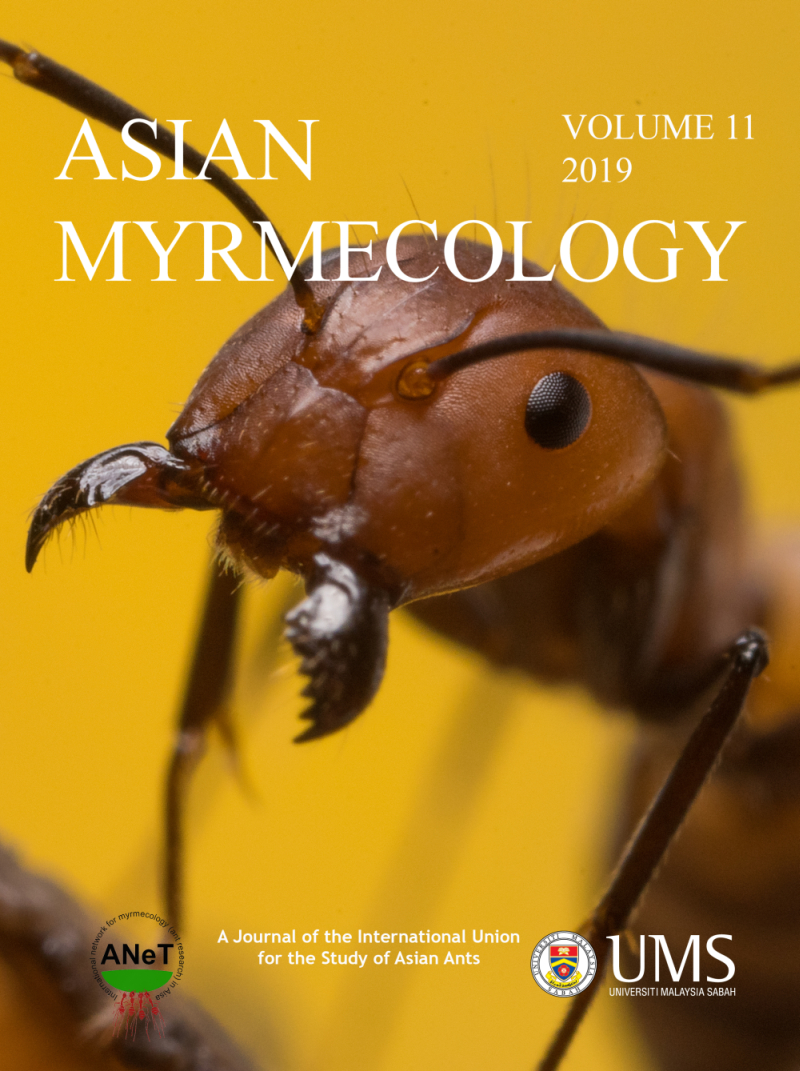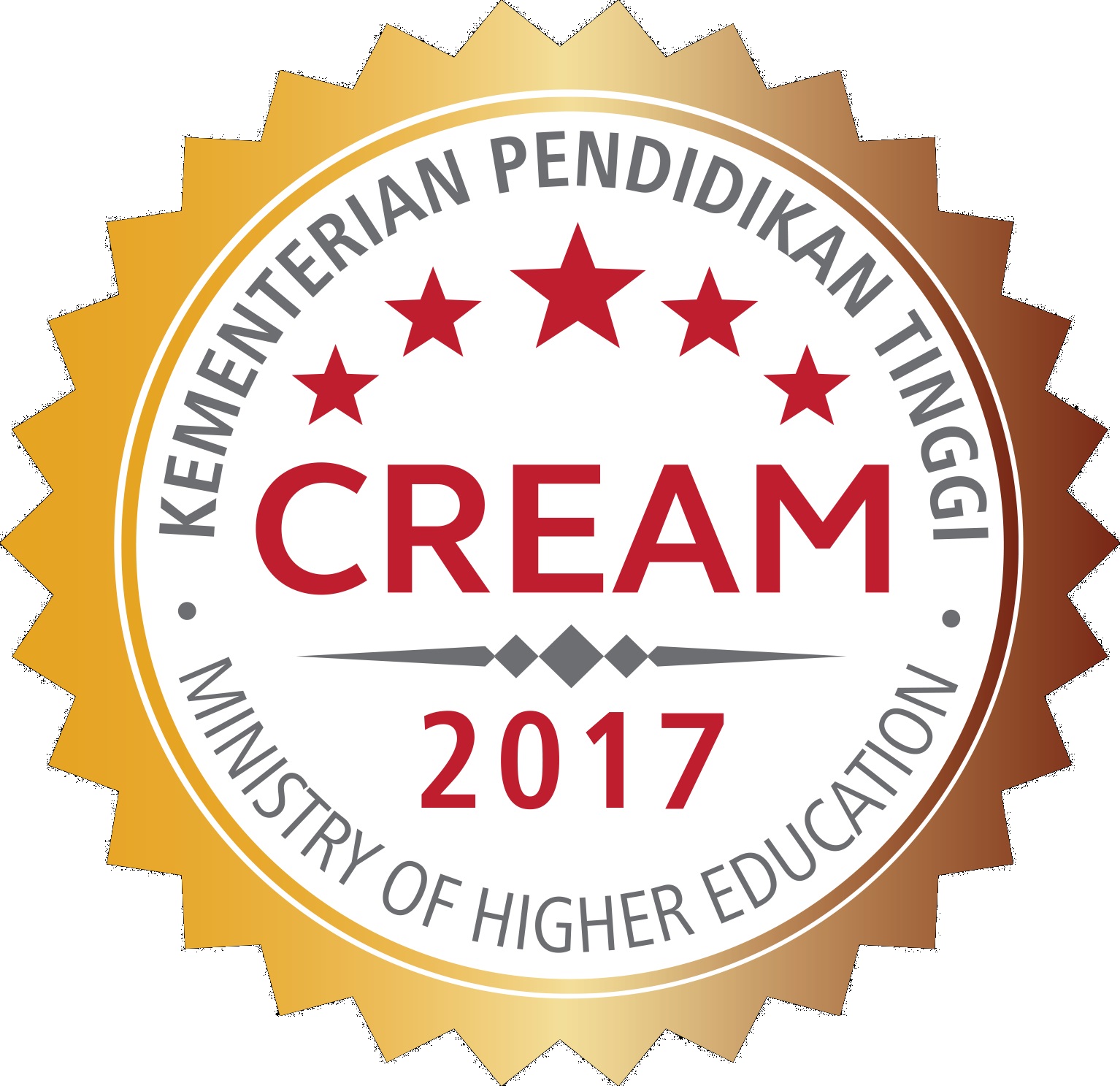ASIAN
MYRMECOLOGY
Image: François Brassard
Ecology and Distribution
Asian Myrmecology, Volume 2, pages 71-83, published December 2008
DOI: 10.20362/am.002007
Diversity and richness of ant species in a lowland wet forest reserve in Sri Lanka
N.R.GUNAWARDENE1*, J.D. MAJER1 & J.P. EDIRISINGHE2
Abstract:
Sinharaja Forest Reserve (SFR) represents one of the largest remaining stands of mixed dipterocarp forest in southwestern Sri Lanka. It is characterised by high floral and faunal endemicity and is gazetted as a World Heritage Site. Research was undertaken to study the ground-dwelling ants in the SFR using pitfall traps and leaf litter extraction. The collection was carried out in disturbed and undisturbed primary forest, old selectively-logged forest (30 years old) and periphery forest (agricultural buffer zone) along a small elevation gradient (200 m – 700 m). A total of 173 species and morphospecies in 11 subfamilies and 54 genera were caught. Pheidole and Tetramorium were the most speciose genera, with 19 and 18 species respectively; Cerapachys followed with 12 species. These results demonstrate the high diversity of litter dwelling ant species in the SFR. There were no significant differences in species richness between sites within the forest. Future studies should analyse species assemblages in each forest type in relation to forest structure and environmental parameters to further understand the distribution of ant species across this unique and complex forest.
Keywords:
Formicidae, tropical rain forest, dipterocarp forest, species richness
Get PDF (566K):
1Centre for Ecosystem Diversity and Dynamics, Department of Environmental Biology, Curtin University of Technology, GPO Box U1987, Perth WA 6845, Australia
2Department of Zoology, Peradeniya University, Peradeniya, Sri Lanka
*Corresponding author: n.gunawardene@postgrad.curtin.edu.au



